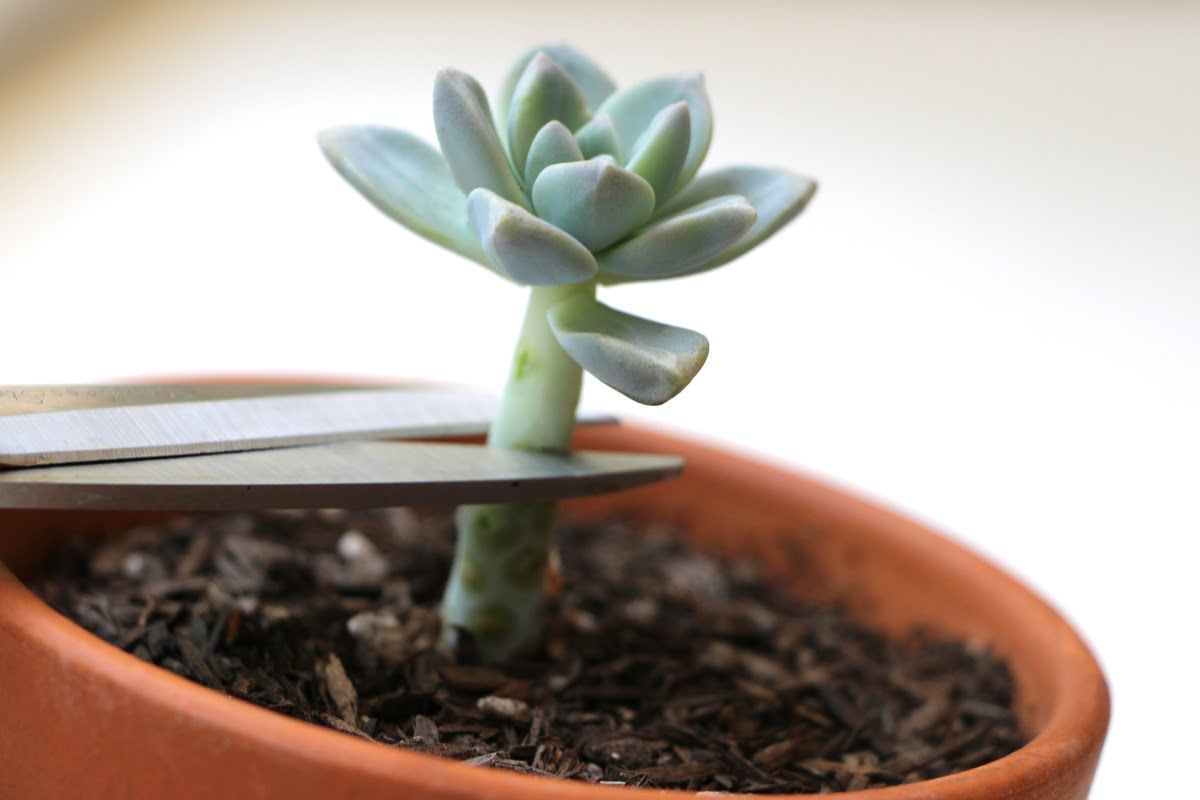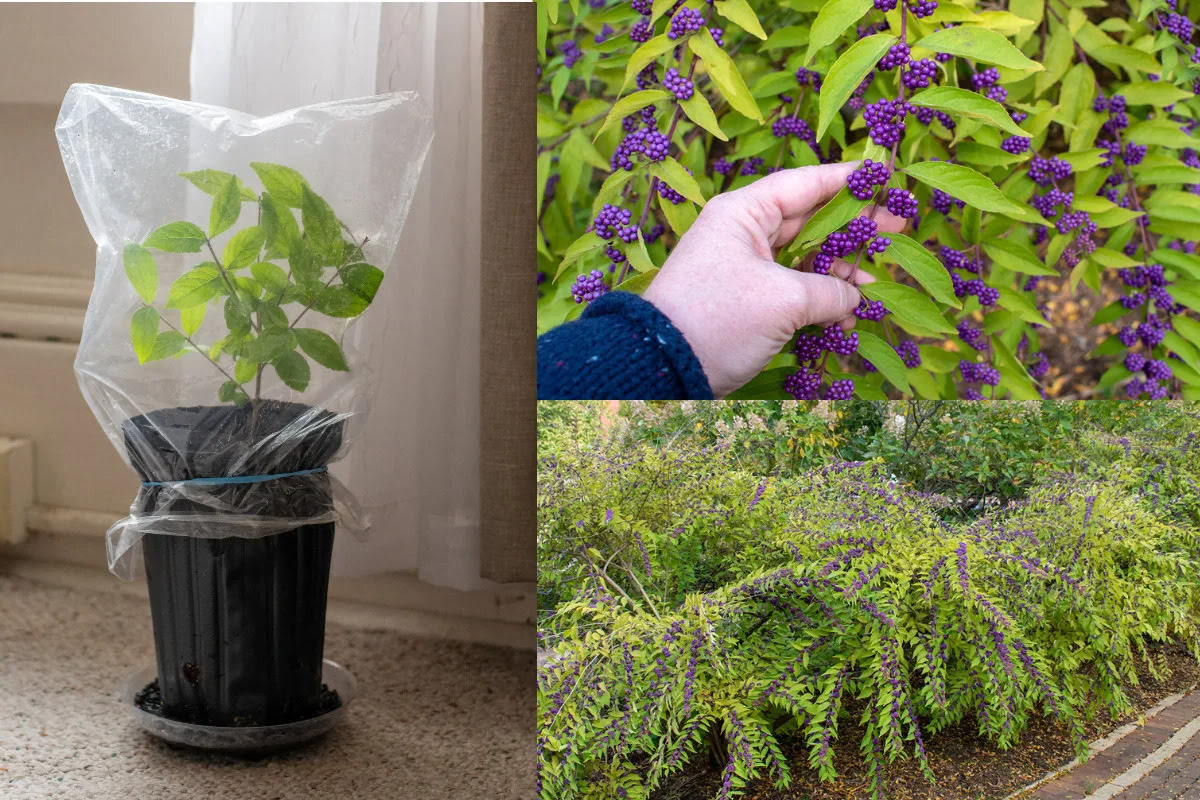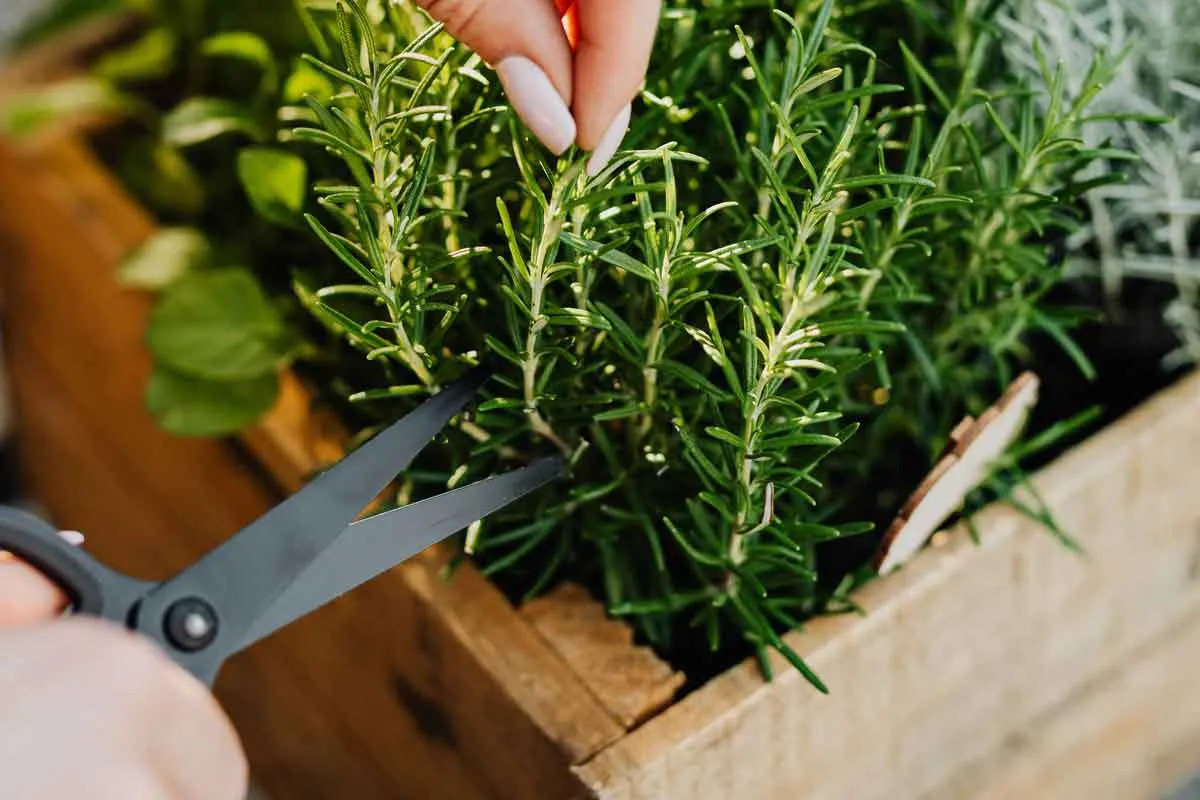Home>Gardening Tips and Tricks>Maximizing Yield>Where To Cut Spider Plant Propagation


Maximizing Yield
Where To Cut Spider Plant Propagation
Published: February 3, 2024
Learn effective spider plant propagation techniques to maximize yield and expand your indoor garden. Discover where to cut for optimal results!
(Many of the links in this article redirect to a specific reviewed product. Your purchase of these products through affiliate links helps to generate commission for Chicagolandgardening.com, at no extra cost. Learn more)
Table of Contents
Introduction
Introduction
Spider plants, scientifically known as Chlorophytum comosum, are popular for their air-purifying properties and attractive foliage. They are relatively low-maintenance and can thrive in various conditions, making them a favorite among both novice and seasoned plant enthusiasts. One of the most rewarding aspects of spider plant care is propagation, which allows you to expand your collection and share the joy of nurturing these resilient beauties with others.
In this comprehensive guide, we will explore three primary methods of spider plant propagation: division, cuttings, and plantlets. Each approach offers a unique and rewarding way to create new spider plant offspring, and we will delve into the specifics of each method, providing valuable insights and practical tips for successful propagation. Whether you are a beginner looking to try your hand at plant propagation for the first time or an experienced gardener seeking to expand your spider plant collection, this guide will equip you with the knowledge and confidence to propagate spider plants with ease.
As we embark on this green-fingered journey, prepare to discover the fascinating world of spider plant propagation and unlock the potential to cultivate an abundance of these delightful, air-purifying companions. Let's delve into the art of multiplying spider plants and witness the magic of nature unfold before our eyes.
Propagation by Division
Propagating spider plants through division is a straightforward and effective method that allows you to create new plants from mature specimens. This approach is ideally suited for spider plants that have become root-bound or have produced multiple offshoots, presenting an opportune moment to divide and propagate them.
To begin the division process, carefully remove the spider plant from its pot, taking care to minimize disturbance to the roots. Gently shake off excess soil to expose the root system, and assess the plant for natural separations or clusters of offsets. Using a clean, sharp knife or gardening shears, carefully separate the offsets from the parent plant, ensuring that each division has a healthy root system and a sufficient cluster of leaves.
Once divided, the new spider plant divisions can be potted into individual containers filled with well-draining potting mix. Ensure that the soil is evenly moist but not waterlogged, and provide adequate light and warmth to encourage root establishment and new growth. Regular watering and a balanced fertilizer regimen will support the development of robust, thriving spider plant offspring.
Division propagation offers a rewarding opportunity to rejuvenate mature spider plants while yielding new additions to your indoor or outdoor garden. By dividing established spider plants, you can propagate multiple offspring and rejuvenate the parent plant, ensuring a bountiful harvest of lush, vibrant spider plants for your living spaces.
Propagation by Cuttings
Spider plant propagation through cuttings is a popular and reliable method for expanding your spider plant collection. This approach involves taking stem cuttings from a healthy, mature spider plant and nurturing them into independent, thriving specimens. The process of propagation by cuttings offers a rewarding opportunity to witness the growth and development of new spider plants, making it a favorite among plant enthusiasts.
To propagate spider plants by cuttings, carefully select a healthy stem with several leaves and a visible root node. Using clean, sharp scissors or pruning shears, make a precise cut just below a node, ensuring that the cutting is approximately 3-5 inches in length. Remove any lower leaves to expose the node, which will facilitate root development, and place the cutting in a container of water or moist potting mix to encourage root growth.
It is essential to provide optimal conditions for the cuttings to thrive, including consistent moisture, indirect light, and a warm, stable environment. As the roots develop, the cutting will gradually acclimate to its new growing medium, signaling the successful transition from a cutting to a self-sustaining plant. Regular monitoring and care, including appropriate watering and occasional fertilization, will support the growth and vitality of the newly propagated spider plants.
Propagation by cuttings offers a gratifying experience as you witness the transformation of a humble cutting into a flourishing spider plant. This method not only allows you to expand your spider plant collection but also provides an opportunity to share the joy of cultivating these resilient and visually appealing plants with friends and fellow plant enthusiasts.
Propagation by Plantlets
Spider plants are renowned for their prolific production of plantlets, also known as spiderettes, which dangle gracefully from arching stems. These miniature replicas of the parent plant possess the innate ability to root and thrive independently, making them an excellent source for propagation. Harnessing the natural propensity of spider plantlets to propagate offers a convenient and rewarding method for expanding your spider plant collection.
When spider plantlets have developed substantial root systems, they can be carefully removed from the parent plant and potted into individual containers. Prior to separation, it is advisable to allow the plantlets to develop robust roots, ensuring their readiness for independent growth. Once separated, the plantlets can be potted into well-draining soil and provided with adequate moisture and light to support their continued development.
Spider plantlets are inherently resilient and adaptable, making them well-suited for propagation by novice and experienced gardeners alike. Their natural vigor and propensity to thrive independently make them an excellent choice for expanding your spider plant collection and sharing the beauty of these captivating plants with others.
Conclusion
Embarking on the journey of spider plant propagation unveils a world of boundless possibilities, where each method offers a unique and fulfilling experience. Whether through division, cuttings, or plantlets, the art of propagating spider plants transcends mere horticulture, inviting us to witness the marvels of nature and actively participate in the perpetuation of life.
As we divide mature spider plants, tenderly nurture cuttings, or pot up thriving plantlets, we become stewards of growth and vitality, fostering new beginnings and cultivating a deeper connection with the natural world. The process of propagation not only yields tangible rewards in the form of thriving spider plant offspring but also instills a sense of wonder and appreciation for the resilience and beauty of these remarkable plants.
In the act of propagation, we embrace the cyclical nature of life, celebrating the continuity of growth and the enduring legacy of each spider plant. Through propagation, we perpetuate the legacy of each parent plant, allowing its essence to thrive in new iterations, enriching our living spaces and the lives of those with whom we share these botanical treasures.
As you embark on your spider plant propagation journey, may each division, cutting, and plantlet serve as a testament to the enduring power of nature and the boundless potential for growth and renewal. Embrace the art of propagation with reverence and joy, knowing that each new plant represents a testament to your nurturing care and the timeless cycle of life that unfolds in the world of spider plants.



